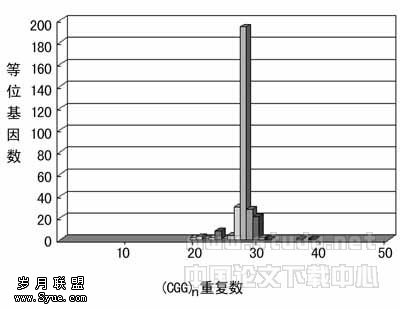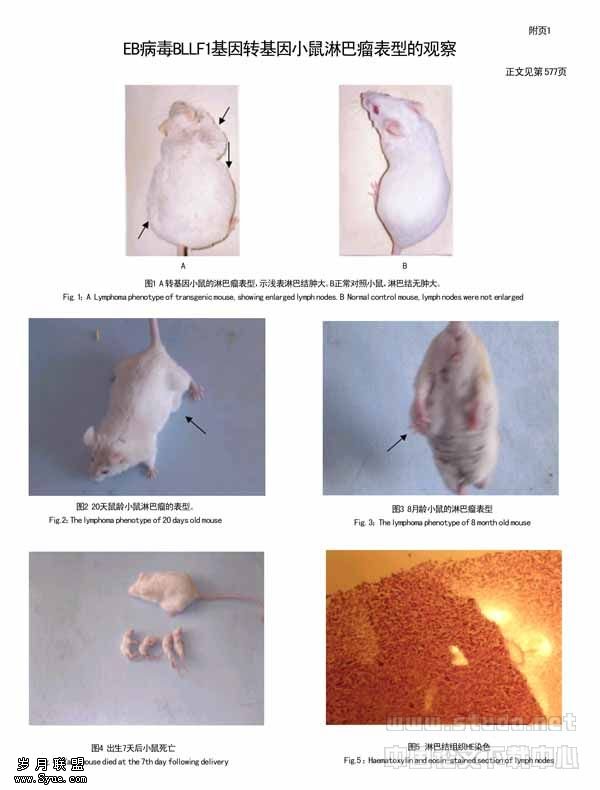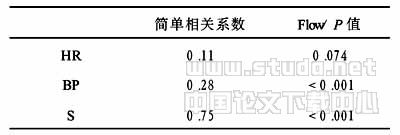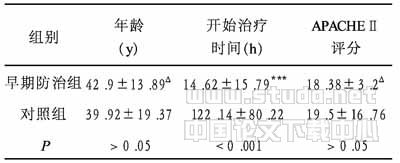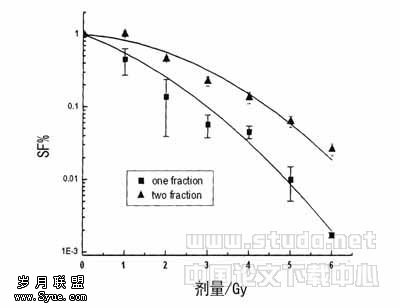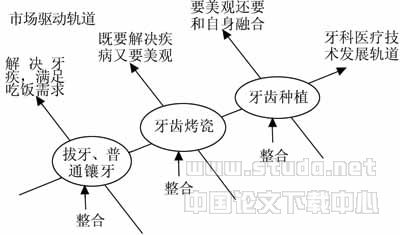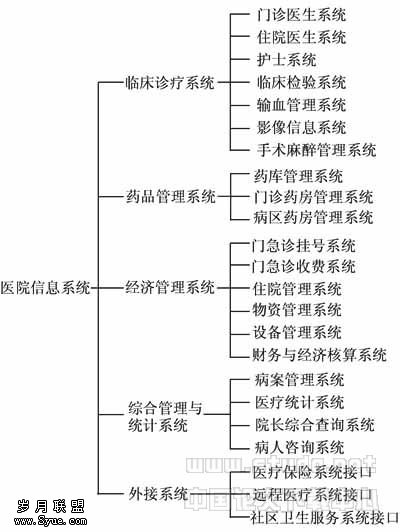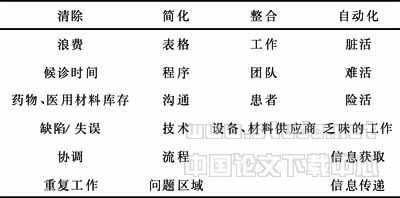胰蛋白酶诱导肺上皮细胞分泌白细胞介素
【关键词】 胰蛋白酶
Induction of secretion of interleukin8 from lung epithelial cells by trypsin
【Abstract】 AIM: To investigate the actions of trypsin on the secretion of interleukin8 (IL8) from human lung epithelial cells. METHODS: A549 cells were cultured in a 12well culture plate. The challenge was performed by adding various concentrations of trypsin or trypsin inhibitor into each well, respectively. After 2 h, 8 h or 16 h, the reactions were terminated by removing the supernatant from each well. A sandwich ELISA was used to determine the levels of IL8 in supernatants. RESULTS: Following 16 h incubation, trypsin induced the secretion of IL8 in a concentration dependent manner. As low as 1 μg/L trypsin was able to induce IL8 release from epithelial cells and the maximum of accumulated release of IL8 was observed with 3 μg/L trypsin, which was 5fold more than the baseline release. However, when trypsin concentration increased over 3 μg/L, the extent of increased secretion of IL8 decreased. Soybean trypsin inhibitor (SBTI) and α1antitrypsin (α1AT) inhibited trypsin induced secretion of IL8. The time course showed that the actions of trypsin initiated at 2 h and reached their peak at 16 h. CONCLUSION: Trypsin is a potent secretogogue of IL8 release from cultured human lung epithelial cells, indicating that it is likely to be involved in the pathophysiological process of airway inflammation.
【Keywords】 trypsin;epithelial cells; interleukin8; lung
【摘要】 目的: 探讨胰蛋白酶对人上皮细胞白细胞介素8(IL8)分泌的影响. 方法: 人肺上皮细胞系A549细胞分别接种于12孔培养板各孔内,并分别用不同浓度的胰蛋白酶和/或胰蛋白酶抑制剂进行刺激. 刺激时间为2 h、8 h和16 h. 用ELISA方法检测上清液中的IL8水平. 结果: 经过16 h的培养,胰蛋白酶可引起浓度相关性IL8释放,胰蛋白酶在浓度1 μg/L时就可引起IL8的释放量增加,3 μg/L时诱导IL8的释放量达高峰,为基础分泌量的5倍,但随着胰蛋白酶浓度的增加,IL8的释放量反而下降. 胰蛋白酶抑制剂可以抑制胰蛋白酶诱导IL8释放的作用. 时间相关曲线表明,胰蛋白酶从2 h起即可引起IL8释放,16 h达高峰. 结论: 胰蛋白酶可促进人肺上皮细胞分泌IL8,表明它能积极参与呼吸道的炎症过程.
【关键词】 胰蛋白酶;上皮细胞;白细胞介素8;肺
0引言
蛋白酶激活受体(protease activated receptor, PAR)属G蛋白耦联受体家族中的亚类,目前有PAR14 4个成员组成,PAR2可在人呼吸道上皮细胞和多种呼吸道肿瘤上皮细胞系表面表达[1-5]. 胰蛋白酶主要由胰腺分泌,在体内主要参与肠道消化功能. 最近研究表明,胰蛋白酶还是PAR2的激动剂,胰蛋白酶在人PAR2的R34?S35LIGKV处切断受体的N末端暴露系锁配体SLIGKV,从而激活PAR2参与肺部炎症[6],而PAR2的缺乏可以降低气道炎症反应[7]. 因此,我们利用人肺癌上皮细胞系A549细胞探讨胰蛋白酶对上皮细胞IL8分泌的影响.
1材料和方法
1.1材料
胰蛋白酶、大豆胰蛋白酶抑制剂(SBTI)、α1抗胰蛋白酶(α1AT)、青、链霉素均购于Sigma公司,DMEM 培养液、胎牛血清(FBS)、胰蛋白酶EDTA消化液均购自Gibco公司.
1.2方法
1.2.1细胞培养人肺癌上皮细胞系A549细胞(购自院上海细胞研究所)接种于50 mL培养瓶内,用DMEM完全培养液(含100 g/L FBS, 10×104 U/L青霉素和100 mg/L链霉素),于37℃,50 mL/L CO2培养箱中培养.
1.2.2上皮细胞激发实验待细胞铺满瓶底后,用2.5 g/L胰蛋白酶EDTA消化液消化,将获得的细胞分种于12孔培养板各孔内,用1 mL完全培养液培养至细胞相互融合后,换无血清培养液培养16 h. 然后向每孔的细胞内加入不同浓度的胰蛋白酶和/或胰蛋白酶抑制剂进行激发实验. 胰蛋白酶抑制剂和胰蛋白酶加入细胞前在冰上孵育30 min,细胞培养2, 8和16 h后收集上清液,离心后于-80℃冻存. 全部实验为双样,每组实验均重复5次.
1.2.3细胞上清IL8水平检测用人IL8 ELISA检测试剂盒(Biosource), 检测细胞上清液中的IL8水平,并用酶标仪 (Molecular Devices公司) 于450 nm波长处测定吸光度(A).
统计学处理: 数据以x±s表示,采用SPSS(11.0版)软件进行单因素方差分析,组间方差不齐时采用非参数秩和检验. P<0.05为有统计学意义.
2结果
2.1胰蛋白酶对肺上皮细胞系IL8释放的影响经过16 h的培养,胰蛋白酶可引起浓度相关性IL8释放增加, 胰蛋白酶1 μg/L时就可引起IL8释放量增加, 3 μg/L时达高峰,为基础分泌量的5倍,但随着胰蛋白酶浓度的再增加, IL8的释放量反而下降 (Fig 1). 时间关系曲线显示,胰蛋白酶引起A549细胞分泌IL8从2 h起就有所增加,16 h增加最显著(Fig 2).
2.2胰蛋白酶抑制剂对胰蛋白酶诱导释放IL8的抑制作用胰蛋白酶抑制剂和胰蛋白酶与A549细胞共同培养16 h后结果显示:SBTI在浓度为10和30 mg/L时可分别抑制胰蛋白酶诱导的A549细胞释放IL8的作用(Fig 3). α1AT在浓度为10 mg/L也能抑制胰蛋白酶引起的IL8释放(Fig 4).
3讨论
研究表明,PAR2激活能介导气管平滑肌的收缩、促进炎症性细胞的游走和血管的通透性增加,介
n=5. bP<0.05 vs the corresponding.
导嗜酸性粒细胞的浸润[8],调节血管舒张与收缩,调节消化道和皮肤的功能等[9]. 呼吸道上皮细胞PAR2的激活还可导致基质金属蛋白酶(MMP9)[10]、粒细胞巨噬细胞集落刺激因子(GMCSF)[1,2]、酸性粒细胞趋化因子[4]、前列腺素E2(PGE2)、白细胞介素(IL)6等[4]细胞因子的释放,提示PAR2可能参与气道的炎症和重塑. 激活PAR2的蛋白酶主要有胰蛋白酶、肥大细胞类胰蛋白酶及凝血因子Ⅶa, Xa[11].
我们的研究表明,胰蛋白酶对呼吸道上皮细胞IL8的分泌有显著促进作用,表明胰蛋白酶能通过激活PAR积极参与呼吸道的炎症过程,间接证明了PAR在哮喘和慢性阻塞性肺疾病的发病过程中起着一定的作用. 胰蛋白酶可引起肺上皮细胞高达5倍的IL8释放,表明它对IL8的释放促进作用是高效的. IL8的释放量高达1.7 μg/L,达到了IL8发挥其生理和病理生理功能的浓度. 胰蛋白酶抑制剂SBTI对胰蛋白酶诱导IL8释放的抑制作用,表明胰蛋白酶的作用是通过其水解活性实现的,也表明胰蛋白酶抑制剂可能有抗炎作用. α1抗胰蛋白酶对胰蛋白酶诱导的IL8释放也具有抑制作用,它作为机体内源性的胰蛋白酶抑制剂可能在呼吸道的抗炎反应机制中起一定作用.
从时间关系曲线上看,胰蛋白酶对IL8分泌的刺激作用是一个比较缓慢的过程,这可能表明分泌出的IL8是由上皮细胞新合成的,而不是原有贮存的IL8的单纯释放.
我们发现,A549细胞系可同时表达PAR14四种受体[12],而胰蛋白酶既可酶切PAR2又可酶切PAR4从而激活受体,因此,胰蛋白酶引起的肺上皮细胞IL8的释放,是单纯由PAR2或PAR4介导还是PAR2与PAR4同时参与,值得进一步探讨.
【】
[1] Vliagoftis H, Befus D, Hollenberg MD, et al. Airway epithelial cells release eosinophil survivalpromoting factors (GMCSF) after stimulation of proteinaseactivated receptor 2 [J]. J Allergy Clin Immunol, 2001;107(4):679-685.
[2] Sun G, Stacey MA, Schmidt M, et al. Interaction of mite allergens Der p3 and Der p9 with proteaseactivated receptor2 expressed by lung epithelial cells [J]. J Immunol, 2001;167(2):1014-1021.
[3] Asokananthan N, Graham PT, Fink J, et al. Activation of proteaseactivated receptor (PAR)1, PAR2, and PAR4 stimulates IL6, IL8, and prostaglandin E2 release from human respiratory epithelial cells [J]. J Immunol, 2002; 168(7):3577-3585.
[4] Cocks TM, Fong B, Chow JM, et al. A protective role for proteaseactivated receptors in the airways [J]. Nature, 1999; 398 (6723):156-160.
[5] Miotto D, Hollenberg MD, Bunnett NW, et al. Expression of protease activated receptor2 (PAR2) in central airways of smokers and nonsmokers [J]. Thorax, 2002; 57(2):146-151.
[6] Vergnolle N, Wallace JL, Bunnett NW, et al. Proteaseactivated receptors in inflammation, neuronal signaling and pain [J]. Trends Pharmacol Sci, 2001; 22 (3):146-152.
[7] Lindner JR, Kahn ML, Coughlin SR, et al. Delayed onset of inflammation in proteinaseactivated receptor2deficient mice [J]. J Immunol, 2000; 165(11):6504-6510.
[8] Schmidlin F, Amadesi S, Vidil R, et al. Expression and function of proteinaseactivated receptor 2 in human bronchial smooth muscle [J]. Am J Respir Crit Care Med, 2001;164(7):1276-1281.
[9] Macfarlane SR, Seatter MJ, Kanke T, et al. Proteinaseactivated receptors [J]. Pharmacol Rev, 2001; 53(2):245-282.
[10] Vliagoftis H, Schwingshackl A, Milne CD, et al. Proteinaseactivated receptor2mediated matrix metalloproteinase9 release from airway epithelial cells [J]. J Allergy Clin Immunol, 2000; 106 (3):537-545.
[11] Molino M, Barnathan ES, Numerof R, et al. Interactions of mast cell tryptase with thrombin receptors and PAR2 [J]. J Biol Chem, 1997; 272(7):4043-4049.
[12] O’Brien PJ, Molino M, Kahn M, et al. Protease activated receptors: Theme and variations [J]. Oncogene, 2001;20 (13):1570-1581.


